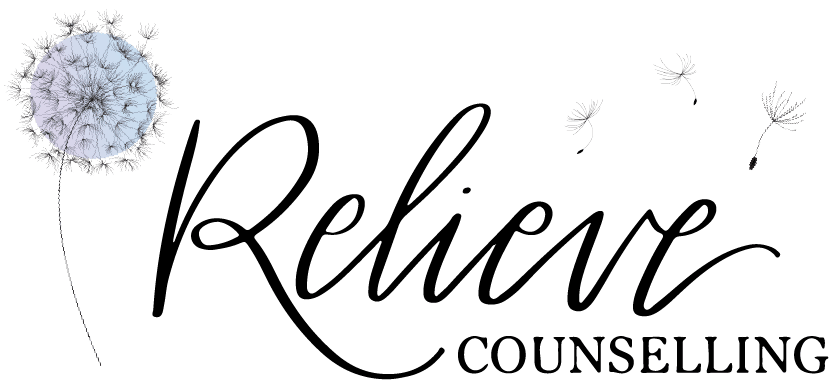Have you ever had someone apologize and you are having a hard time forgiving them or do not truly believe them? You recognize that it is not a heart posture, but there is just something missing in their apology? You hear their words, can see their intent – but still just can’t accept their apology? That is because the person who hurt you may actually be apologizing in a way that is not the language you would choose. In the complex dance of human relationships, misunderstandings and conflicts are inevitable and avoidable. What matters most is overcoming these difficult times and mending the bonds that bind us.
Enter the concept of apology language, a fascinating framework developed by relationship expert Dr. Gary Chapman, who is also the author of the hugely popular book “The Five Love Languages“. Just as we have different ways of expressing and receiving love, we also have different preferences when it comes to apologizing.
Let’s look at the five languages of apology and discover how they can be a powerful tool for healing and growing our relationships.
1. Express Regret:
For some people, a true apology begins with a clear admission of the mistake and an expression of regret. It’s about taking responsibility for harmful actions and showing empathy for the feelings of others. If you identify with this apology language, you may appreciate its sincerity and sincere admission of wrongdoing.
Example: “I’m truly sorry for the words I said. I understand that they hurt you and I’m sorry it affected our relationship.”
2. Accept responsibility:
Accepting responsibility is more than just saying “I’m sorry”. This involves recognizing mistakes, admitting your mistakes, and committing to making amends. If this is your primary apology language, you will appreciate it when others show responsibility and are willing to make things right.
Example: “I made a mistake and I take full responsibility for my actions. I pledge to do things right and learn from this experience.”
3. Making Restitution:
For those who speak the language of apology and reparations, tangible efforts to repair the damage are important. They say actions speak louder than words. This might involve making a thoughtful gesture, offering practical help, or actively working to overcome the consequences of a mistake.
Example: “I understand the impact of my actions and want to do something about it….How can I help you prove the situation or is there any specific way to correct it?”
4. Genuinely Repenting
If this is your preferred apology language, you appreciate the sincerity behind the apology and want to ensure that the person is truly committed to avoiding repeating the mistake.
Example: “I am deeply sorry for what happened. I have reflected on my behaviour and I am committed to changing my actions and ensuring that this does not happen again.”
5. Requesting Forgiveness
This apology language is when you appreciate when the other person clearly asks for forgiveness, demonstrating a desire to move forward and rebuild the relationship. There is a bid for connection.
Example: “I understand the pain I have caused and I am truly sorry.
Will you forgive me? I am committed to regaining your trust.”
Understanding the language of apology can be a game changer in our relationships. By recognizing and respecting the unique ways each individual desires to receive an apology, we can foster deeper connections and promote healing.
If you’re curious about your own apology language, you can take the Apology Language Quiz here to better understand your favourite way to receive an apology.
Remember that the road to reconciliation often begins with a sincere and thoughtful apology.

